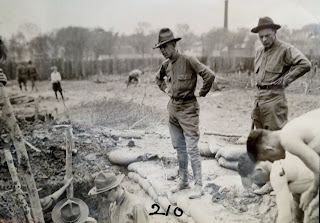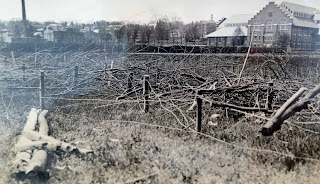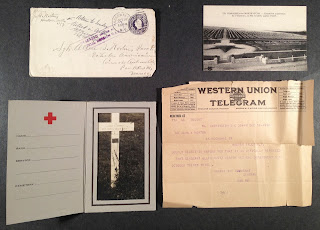 John Wingate Weeks began his campaign in 1904 to represent Massachusetts in the United States House of Representatives. A retired Army captain and veteran of the Spanish-American War, Weeks began his political career as an alderman in Newton, Massachusetts, in 1899 and became mayor of the city in 1903.
John Wingate Weeks began his campaign in 1904 to represent Massachusetts in the United States House of Representatives. A retired Army captain and veteran of the Spanish-American War, Weeks began his political career as an alderman in Newton, Massachusetts, in 1899 and became mayor of the city in 1903.Having made a fortune as a banker, co-founding the Boston financial firm of Hornblower and Weeks in 1888, Weeks had all the money he needed to run for higher office. In the days before direct primaries, a candidate had to be nominated in a district convention. Weeks seemed like the right candidate for the job.
 Almost immediately an active working group of his devoted friends formed to support his election. The group met regularly and became known as the "Faithful Ten" after the title "The John W. Weeks Campaign Luncheon Club" was found to be lacking in conviction. The group was comprised of William F. Garcelon, Jesse S. Wiley, George S. Bullard, Eben D. Bancroft, William M. Flanders, Henry N. Sweet, Seward W. Jones, Edward W. Baker, Charles E. Hatfield and James E. Shaw and was instrumental in Weeks's election to the House with an overwhelming majority.
Almost immediately an active working group of his devoted friends formed to support his election. The group met regularly and became known as the "Faithful Ten" after the title "The John W. Weeks Campaign Luncheon Club" was found to be lacking in conviction. The group was comprised of William F. Garcelon, Jesse S. Wiley, George S. Bullard, Eben D. Bancroft, William M. Flanders, Henry N. Sweet, Seward W. Jones, Edward W. Baker, Charles E. Hatfield and James E. Shaw and was instrumental in Weeks's election to the House with an overwhelming majority.
John Weeks served four terms in the House before moving on to the Senate in 1913. During his time in Congress, Weeks pushed key banking and conservation legislation including the Weeks Bill (which allowed for the creation of National Forests) and the Forestry Bill (which insured federal protection for migratory birds). After failing to win re-election in 1918, Weeks retired to his house in Mt. Prospect, New Hampshire. In 1921 he was asked back to Washington to serve as the Secretary of War under Presidents Harding and Coolidge.
To learn more about John Wingate Weeks ask for ML-1, The Papers of John Wingate Weeks and The Life of John Weeks by George C. Washburn.



